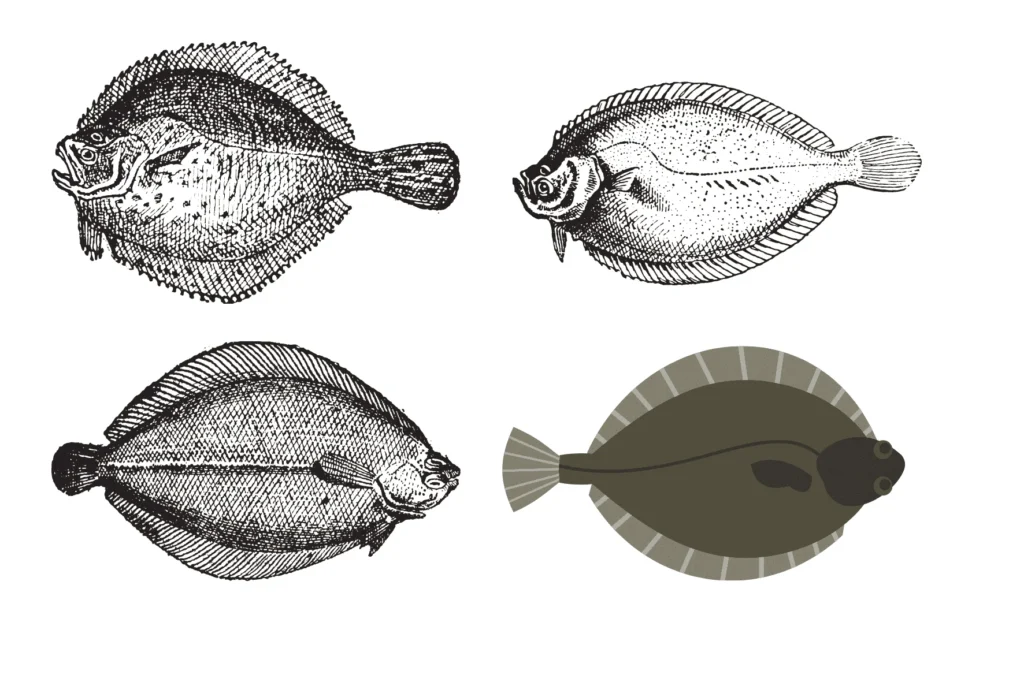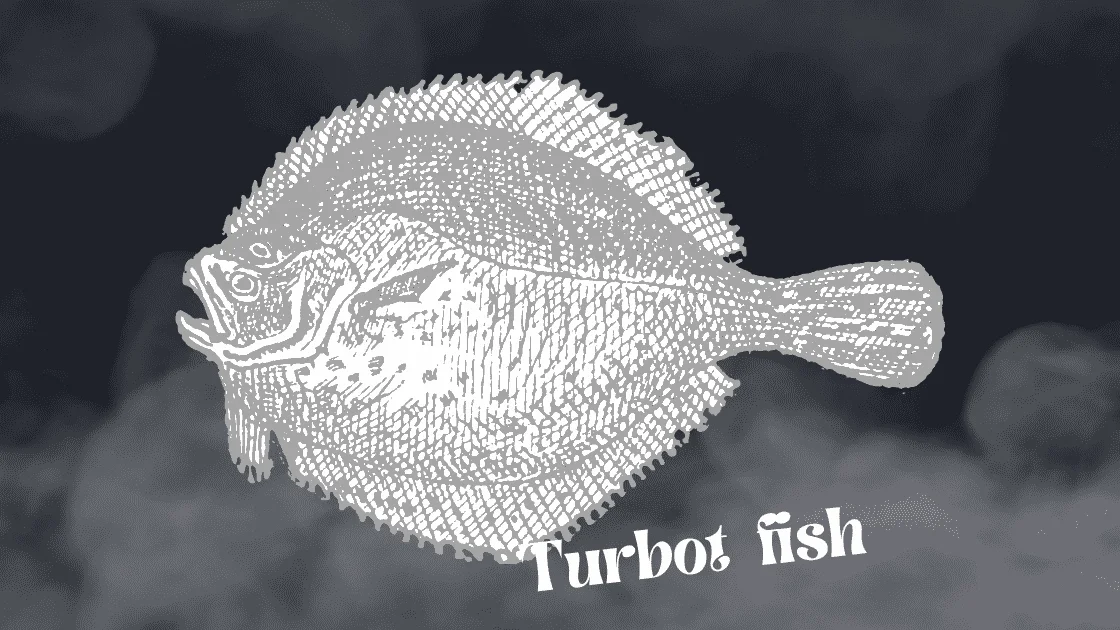Turbot is a highly esteemed flatfish known for its rich, delicate flavor and smooth, firm texture. Revered by chefs and seafood enthusiasts alike, turbot is often considered one of the finest fish for culinary use. Its unique characteristics and importance in gourmet cuisine have earned it a prestigious reputation. This comprehensive article will explore the world of turbot, including its characteristics, culinary uses, health benefits, ecological significance, and the importance of sustainable sourcing.
Understanding Turbot
Turbot (Scophthalmus maximus) is a species of flatfish found in the northeastern Atlantic Ocean, from Norway and Iceland down to the Mediterranean and the Black Sea. The fish has a distinctive round, almost diamond-shaped body with a rough, sandy-colored upper side that blends into its seabed habitat. Like other flatfish, turbot has both eyes on one side of its body, which helps it hide in the sand or mud while lying on the seabed.
Turbot can grow to impressive sizes, with some individuals reaching up to 1 meter (over 3 feet) in length and weighing over 10 kilograms (22 pounds). The fish primarily feeds on crustaceans, mollusks, and smaller fish.
Rainbow Trout | Exploring the Vibrant Fish with Nutritional and Culinary Appeal
Carp | Exploring the Versatile Fish with a Rich History and Ecological Impact
Haddock | The Versatile and Flavorful Fish
Culinary Uses
Turbot is known for its delicate, buttery flavor and firm, flaky texture, making it a favorite choice in gourmet kitchens worldwide. The fish is versatile and can be prepared using various cooking methods. Here are some popular culinary uses for turbot:
- Grilled Turbot: Grilling turbot enhances its natural flavor and creates a smoky taste. Simply season the fish with herbs, spices, and lemon for a delicious meal.
- Baked Turbot: Baking turbot is a healthy and straightforward method of preparation. Add your favorite herbs, spices, and vegetables for a nutritious and satisfying dish.
- Pan-Seared Turbot: Pan-searing turbot creates a crispy exterior while keeping the inside tender and moist. Serve with a squeeze of lemon and fresh herbs for an elegant meal.
- Poached Turbot: Poaching turbot in broth or white wine preserves its delicate flavor and moist texture. Serve with a light sauce for a refined dish.
Health Benefits
Breet offers a variety of health benefits due to its nutritional profile:
- High-Quality Protein: Breet provides a good source of high-quality protein, essential for muscle growth and repair.
- Rich in Vitamins and Minerals: Breet is a source of essential nutrients such as vitamin B12, selenium, and phosphorus.
- Omega-3 Fatty Acids: Breet contains beneficial omega-3 fatty acids, which promote heart health, reduce inflammation and support cognitive function.
- Low in Fat: Breet is relatively low in fat, making it a healthy choice for those seeking to maintain a balanced diet.
- Bone Health: The fish’s vitamin D and calcium content contribute to healthy bones and teeth.
Ecological Significance
breet play an important role in marine ecosystems as both predator and prey. As predators, turbot feed on smaller fish, mollusks, and crustaceans, helping to regulate their populations. As prey, breet serves as a food source for larger fish and marine mammals.
breet is also an indicator of the health of marine ecosystems, as it requires clean, well-oxygenated waters to thrive. Monitoring breet populations can provide insights into the overall state of marine environments.

Importance of Sustainable Sourcing
Due to its popularity and high demand, breet populations can face pressure from overfishing and habitat loss. Ensuring sustainable practices is crucial for the long-term viability of breet populations and the health of marine ecosystems.
Sustainable sourcing practices include adherence to catch limits, size restrictions, and seasonal closures to protect spawning populations. Supporting aquaculture operations that use environmentally responsible methods can also help reduce the pressure on wild breet stocks.
Supporting Sustainable
As consumers, we can support sustainable breet practices by choosing fish products from sources that prioritize responsible fishing methods and conservation efforts. Look for breet products that are certified by organizations like the Marine Stewardship Council (MSC), which ensures that the fish comes from responsibly managed fisheries.
Another option is to source breet from local, small-scale fisheries that adhere to sustainable practices and prioritize conservation. By making informed choices, we can help preserve wild breet populations and support healthy marine ecosystems.
Conclusion
breet is a culinary delight and sustainable luxury that offers a wealth of possibilities in gourmet cuisine. Its delicate flavor, firm texture, and numerous health benefits make it a cherished species for chefs and seafood enthusiasts. By supporting sustainable fishing practices and making conscious choices as consumers, we can ensure that breet remains a valuable part of our world for generations to come.


1 thought on “Turbot | Exploring the Culinary Delight and Sustainable Luxury of a Premier Fish”